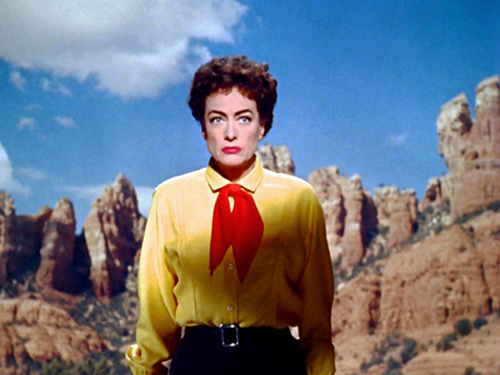Week 39/2023
After already re-releasing several restored features by Chantal Akerman, including Toute une nuit (1982) and Jeanne Dielman, 23 quai du Commerce, 1080 Bruxelles (1975), Cinéma Palace in Brussels is premiering the release of the newly restored Les rendez-vous d’Anna this week. Akerman’s third feature film was not shot using a traditional screenplay; instead, it was based on a remarkable 90-page autobiographical prose text. In contrast to Jeanne Dielman, Akerman worked intensively on the rhythm of dialogues and monologues, aiming for them to become like “a chant, where the actual meaning of the sentences doesn’t really matter.” Lead actress Aurore Clément will be present at the première!
Our second film of the week, Araya (1959), is a recent rediscovery of Latin-American cinema. Steven Jacobs, when first confronted with the film in 2021 at the Cinema Ritrovato festival, said that it positively blew his socks off. Margot Benacerraf’s film portrays a day in the life of three families living in one of the harshest places on earth – Araya, an arid peninsula in northeastern Venezuela. “In those days, going to Araya was like going to the moon,” she wrote. To honor this desolate place and its inhabitants, Benacerraf crafted a composition in which cinematography, music, sound, and language combine to create a tone poem of incredible beauty.
Our final film, Johnny Guitar (1954) by Nicholas Ray, hardly needs introducing. Ray’s Western about a saloon owner named Vienna and her long-lost lover, Johnny Guitar, resonates with everyone who has ever watched the film. João Bénard da Costa, former director of the Cinemateca Portuguesa who reputedly watched it more than sixty times, wrote in a beautiful essay about the film: “To revisit the images (or sounds) of Johnny Guitar is to revisit our memory of them.” “Just as with very big things, you do not explain Johnny Guitar,” he continues. “You tell it (see it) again, again and again, like stories are told to children, until everything is known by heart and you learn that everything in them is right.”


